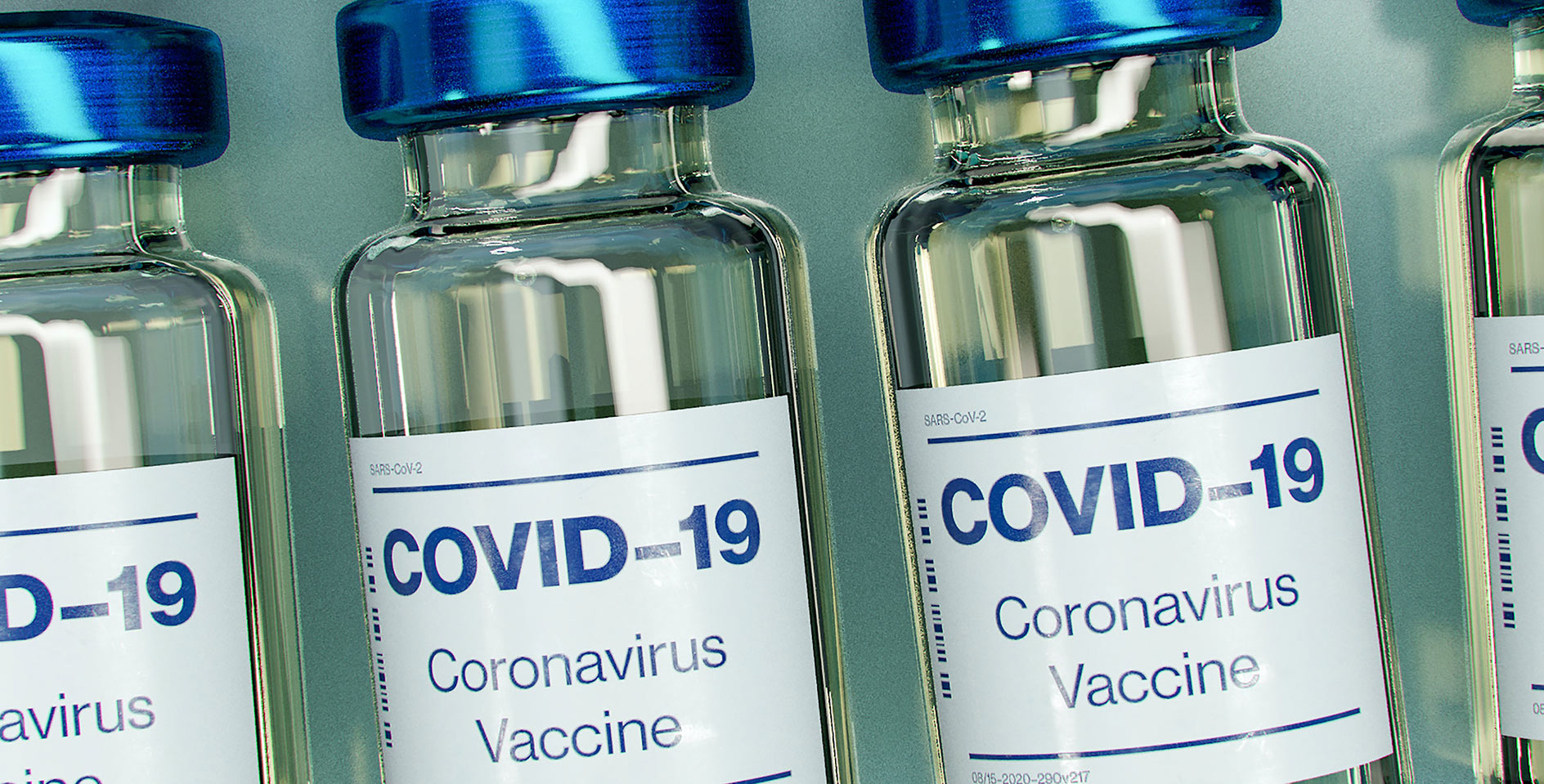Two recent congressional programs—one proposed and one already passed—may have a significant effect on poverty in the United States.
The recent $1.9 trillion pandemic relief bill, called the American Rescue Plan, includes a number of benefits that will affect low-income individuals and families. Although this relief only makes changes for 2021, it could be extended or used as a model for other poverty-reducing programs in the future.
Another program proposed in February by Sen. Mitt Romney, called the Family Security Act, would also give monthly cash payments to parents and reform federal aid for low-income Americans that would lead to reductions in poverty.
Here is what you should know about these efforts.
What is the poverty reducing feature of the American Rescue Plan?
A primary feature of the relief bill is direct payments to taxpayers of $1,400, or $2,800 for a married couple filing their taxes jointly, plus $1,400 per dependent. A married couple with two children would receive $5,600 in direct payments.
The bill also significantly expands the Earned Income Tax Credit (EITC) for 2021 by making it available to people without children. The credit for low and moderate-income adults would be worth $543 to $1,502, depending on income and filing status.
For families with children, the legislation expands the benefit of the Child Tax Credit (CTC) from $2,000 annually to $3,600 for each child under 6 and $3,000 for each child between 6 to 17 years old (the credit previously excluded children age 17). Those amounts will also be available to all low-income families even if it exceeds the amount they paid in taxes
In previous years, the CTC was claimed when a person filed their tax returns. But starting in July, the CTC will be paid out on a monthly basis at a maximum rate of $300 per child. For example, a family with two children under 6 would qualify for $600 a month in CTC payments until December. (The other half of the CTC, for January to June 2021, will be paid when people file their tax returns.)
These payments are expected to have an immediate effect on the level of poverty in the U.S.
The poverty threshold for a one-person household is $12,880 a year (for comparison, a person working full time (2,080 hours per year) at the federal minimum wage ($7.25) would earn $15,080 a year). The threshold for a two-person family is $17,420, and $26,500 for a family of four.
The average relief benefit to the individual (i.e., $1,400 for the direct payment and roughly $1,000 for the EITC) would give them an additional $2,400, about 18.6% of the annual income needed to cross the poverty threshold (the equivalent to 331 hours—8.3 weeks—of minimum wage pay). For a family of two, it would provide 31% of the necessary annual income.
The benefit is most helpful, though, to a family with children. A two-parent family with two children under the age of 6 would receive $5,600 immediately, about $1,500 for the EITC, and $7,200 in child tax credits—a total of $14,300, or 54% of the poverty threshold.
How would the American Rescue Plan affect overall poverty?
An analysis by the Center on Poverty and Social Policy at Columbia University found the legislation could cut the overall poverty rate in the U.S. from 12.3% to 8.2%, and reduce the level of poverty for children under 18 from 13.5% to 5.7%.
What is the Family Security Act?
The change in the CTC under the American Rescue Act is similar to the Family Security Act, a proposal offered last month by Sen. Mitt Romney of Utah. The proposal would create a child allowance of $4,200 per child under age 6 (to be distributed at $350 per month) and $3,000 per child ages 6 to 17 (to be distributed at $250 per month). The maximum allowance per family would be $15,000 per year, or $1,250 per month. Unlike the change in the relief bill, which put no cap on the number of children, Romney’s plan would limit the benefit for families that have four or more children under the age of 6 or six or more children from the age of 6 to 17 to $15,000 a year.
Eligibility would be available to parents four months before the child’s due date. The child allowance would also be available to families with no income and would only phase out for the highest-earning households (single filers making more than $200,000 and joint filers making more than $400,000).
This plan would repeal the current Child Tax Credit (CTC), which is currently administered through the tax code and is worth a maximum of $2,000 per child. The CTC is subject to a $2,500 minimum-income requirement, a phase-in rate, and a maximum refundability of $1,400 for workers with no tax liability to offset.
Romney’s plan would also reform the EITC by eliminating marriage penalties, reducing improper payments and IRS audits, making it easier for families to claim the correct credit, and maintaining the adult dependent component of the EITC separately to ensure no family earns less than the EITC in its current form.
A two-parent family with two children under the age of 6 would receive about $1,500 for the EITC and $8,400 in child tax credits—a total of $9,900, or 37.3% of the poverty threshold.
How would the Romney plan affect poverty?
According to the Niskanen Center, Romney’s child allowance would reduce U.S. child poverty by roughly one-third and deep child poverty by half. They estimate the total poverty rate would decrease from 11.67% to 10.06% while the child poverty rate would decrease from 12.41% 8.37%.
How much would these proposals cost?
The cost in the American Rescue Plan to provide $1,400-per-person stimulus checks to all Americans—not just those in poverty—is $422 billion. To expand the Child Tax Credit, Child Care Tax Credit, and Earned Income Tax Credit for all citizens for one year adds an additional cost of $143 billion. Because there are no offsets to that spending, it adds $565 billion to the federal deficit.
Under the Family Security Act, the estimated cost to expand the child benefit would cost $229.5 billion annually, which is $112.5 billion more than the current CTC. To pay for the expanded child benefit, the plan would make $66 billion in federal tax and spending offsets.
The Romney plan would eliminate head of household filing status, eliminate the Child and Dependent Care Tax Credit, eliminate the itemized deduction for state and local taxes paid, and eliminate Temporary Assistance for Needy Families. The plan would also change some eligibility for the Supplemental Nutritional Assistance Program. The reformed EITC would cost $24.5 billion annually—about $46.5 billion less than the current EITC.










